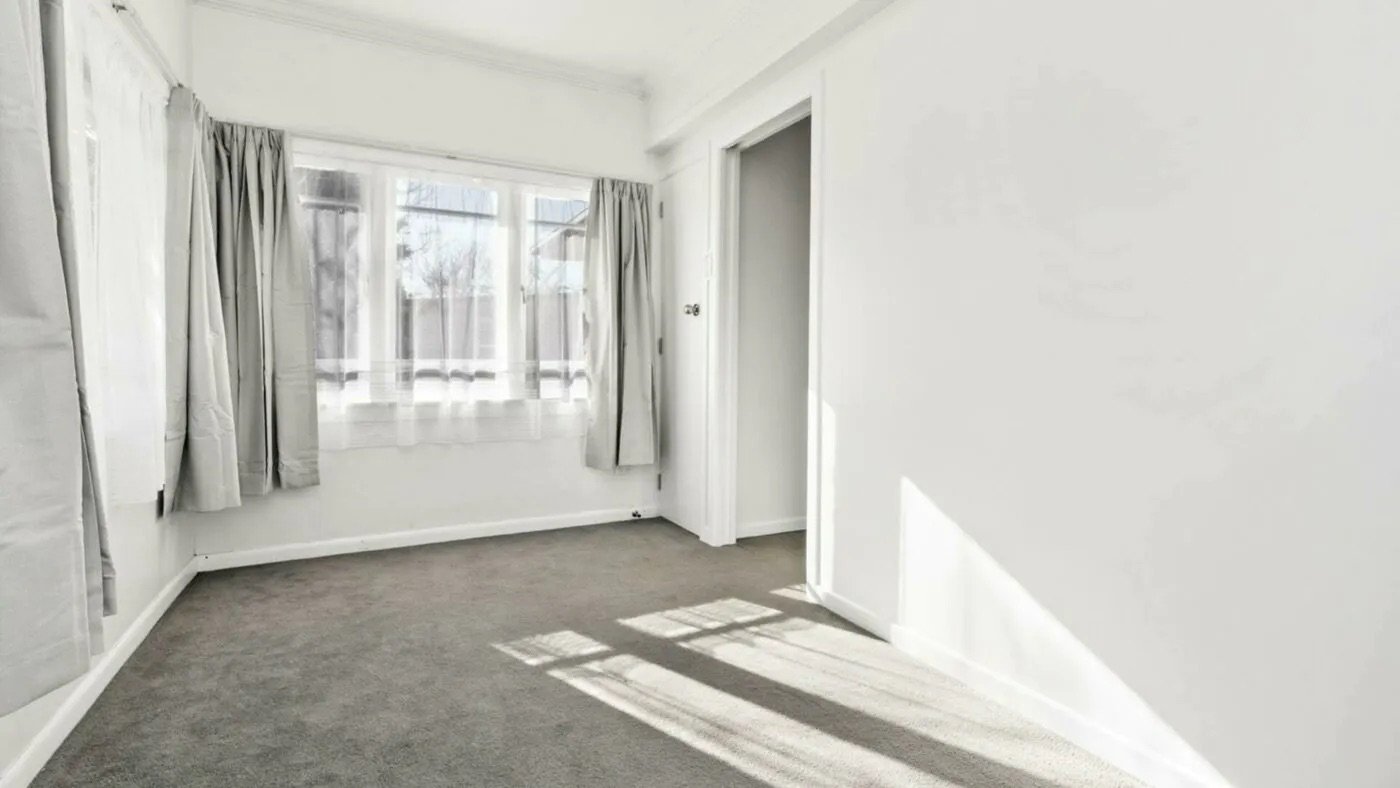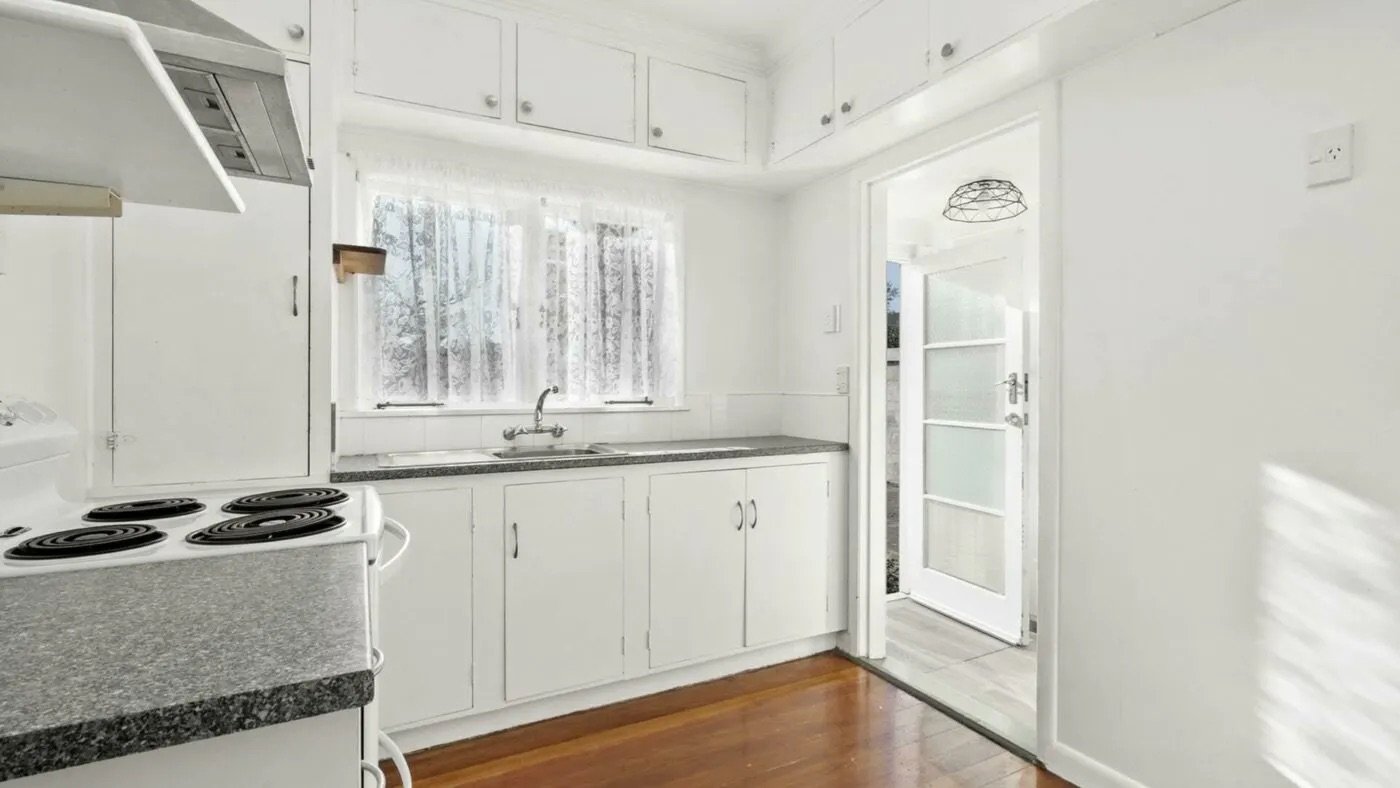Top 9 Renovation Mistakes for Active Investors
Not all property renovations end in financial success.
Why? Because some times mistakes have to be learned the hard way.
And over the last 15 years, I’ve completed over 100 renovations (some personal, some with investors I work with). Through that I’ve made my fair share of mistakes. Many of these are the same mistakes I see my clients making at Wolfe Property Coaching.
That’s why, in this article, you’ll learn my top 9 renovation mistakes for active investors. That way you can avoid them and save yourself time and money.
Because it’s easy to know the right way, after doing it the wrong way. And while hindsight is a great thing … you can’t benefit from it until later.
Mistake #1 not adding a bedroom
The best way to increase the rent you can charge (and increase the property’s overall value) is to add an extra bedroom.
This is why this tactic is #1 on the 6 Cashflow Hacking steps.
By adding an extra bedroom, a larger family can move into the property. This is what substantially increases the value and rent you can charge.
Because one of the top things renters look for is having enough places for their family to sleep.
By not adding a bedroom, property investors will make less money and not get as much from their investment. That leads on to mistake #2.
Mistake #2 spending on the wrong things
As a standard rule, if you spend $50,000 on a renovation, you should expect a 2-3 times return. i.e. if you spend $50k, you should expect that property to increase in value by $100k - $150k (2 - 3x what you spent).
But, you can’t just spend $50k on anything.
For example, if you spend money on:
Installing nicer letterboxes and screening fences.
Landscaping overgrown gardens (within limits).
Replacing carpets, if they could simply be cleaned.
Replacing curtains, when they could be dry-cleaned.
Removing overgrown trees, when they could just be trimmed
… you are unlikely to get a substantial return.
Even if you do a basic ‘cosmetic’ renovation – just painting and carpeting. This can cost a lot but, on its own, may not necessarily increase the rent or the property’s value substantially.
In the early days I would spend $100k on a renovation without even adding a bedroom, but I wouldn’t get the same returns. I was overspending.
So you need to do things like adding an extra bedroom, so you do get a return on your investment. Follow the 6 Cashflow Hacking steps for a step-by-step guide on what to do.
Mistake #3 over-speccing a property
This mistake is similar to my point about overspending (above), but it deserves its own section because I once bought a whole house load of joinery for $11k.
If you’re new to property investment, joinery is the edges of your benches and cabinets in your kitchen and bathroom.
Sure, at the time I thought that was a good deal – because joinery makes the final product look polished.
But I was spending $11k on a property where it wasn’t the norm for the area. No-one spent that much on joinery in that area. Nobody cared.
So the value of the property didn’t go up.
On top of this, the area was earmarked for terraced housing, so eventually the property was going to be moved or demolished … I’d overspent for nothing.
Moral of the story: whatever you choose to spend your money on – make sure it is appropriate for the property you are working on.
Mistake #4 only getting 1 quote from tradies
When it comes to tradesmen, you’ve got to shop around for quotes. Why? The amount something can cost varies … wildly.
For example, I’ve seen 3 electricians price the same job from just $10k all the way up to $24k.
Not only that, what’s a reasonable price for a job in one region will be too expensive in another.
Right now, it’s cheaper to fly a painter from New Plymouth to Whangarei than pay for a hard-to-come-by local painter to turn up at your property.
So, the best idea is to get a few quotes, and weigh them against each other. Aim for at least 2 quotes as a bare minimum to get a gauge.
But on the other side of that, be wary of always choosing the cheapest option because the cheapest might not get you the results you want. This leads into my next mistake.
Mistake #5 going too cheap
It’s very tempting when managing a reno to opt for the cheapest – both in labour and materials.
But it’s important to keep a long-term view in mind, rather than what is the cheapest right now. A job well done (that lasts) is better than scrimping a few hundred dollars from your budget.
Because as a landlord, when something breaks you’re the one who has to pay to fix it.
For instance, I once bought a really cheap toilet. When it broke a year later (surprise, surprise) the plumber couldn’t get parts for it, so I had to buy a whole new one.
So I had to pay twice – once for the cheap toilet, then again to rip it out and replace it.
In this case, choosing the cheap option turned out to be more expensive.
Another top tip: opt for quality materials, especially ones that are popular and easily replaceable 5 years down the line. If you go for a cheaper option, when it breaks it could be hard to repair.
Remember, it’s always a fine balance between cost, materials, and the overall future of your property’s potential.
Mistake #6 not trading up tradies
It’s OK to switch up people in your team if you’re getting “bad vibes” off them … trust your gut.
Sometimes you’ll use a tradie for a couple of projects. They’ll be great at the start … but over time their service might start to slip, especially if their business grows or they get busy.
So, it’s better to swap someone out rather than constantly having to accommodate them. For example, I once had a tradie who was constantly coming to site late, not answering my calls, and through that putting my other tradesmen behind.
I ended up bending over much more than I should have, and it not only cost me, it cost the other tradies on the job too.
Remember, the cost of your renovation is on you. It’s your money. You’re the one in charge.
If you were looking for a sign to fire your incompetent plumber - here it is.
Mistake #7 locking in the wrong interest rates
Sometimes, taking the lowest interest rate at the time isn’t the best option.
For instance, rather than taking the lowest interest rate at 2.19% a couple of years ago, I should have locked in the 2.99% for 5 years.
This way, I would have secured low-cost lending for longer.
Many investors may not know that a property’s mortgage doesn’t have to be one fixed mortgage – you can have a whole bunch of different ones.
Splitting your fixed rate rollovers over a few periods softens the blow, and it’s staggered, rather than doubling – like a lot of investors have learned this year.
Today it’s the same story, but flipped around the other way. Right now, ANZ’s 5-year rate is less than the 1 and 4-year fixed.
In today’s market it’s likely that interest rates will come down shortly. So I’d be going for the shorter-term (1-year) rate, even though it is slightly more expensive than a longer term rate.
In a few years, I expect this will save me money.
Mistake #8 putting all my money in the same city
If you want to be a successful property investor, you’ve got to shake things up – just a little bit.
Said another way, diversification is key. You want to invest in different parts of New Zealand, and with different property types (growth and yield).
Some property types will be better investment options in a different region.
For instance, a standalone property makes sense as an investment in Christchurch, but may not in Auckland. In a larger city (where property prices are high), you might need to look at multi-income properties that have better cashflow.
For instance, when I started out I concentrated only on growth properties and investing in one region.
But then in 2016 when Auckland’s property market plateaued – my properties weren’t going up in value any more.
Then property prices in regional New Zealand boomed. I missed out on the opportunity. I should have bought a range of properties across the country.
The easy fix to this is to ensure you consider different property types and regions to get the best out of your portfolio.
Mistake #9 not learning from others
The final point on this list is one most often overlooked.
As Kiwis we tend to have a strong, stubborn ‘I can do this myself’ attitude. And unfortunately, it can cost us a lot.
This is why my biggest mistake was getting a property coach too late.
After I had been investing for a while I wanted to go to the next level. I got a property coach and started learning a lot more.
But, had I done this earlier, I would have been working with 10 years worth of insight from the start. Had I done that, I would have avoided some of the mistakes on this list. There would have been a coach there to pre-warn me.
Property investment is all about leverage, and I would have leveraged people better – their knowledge and their experience.
This is something I now help people do through Wolfe Property Coaching. I coach them on how to better renovate their properties. That way they can also learn from my mistakes and avoid making their own.




